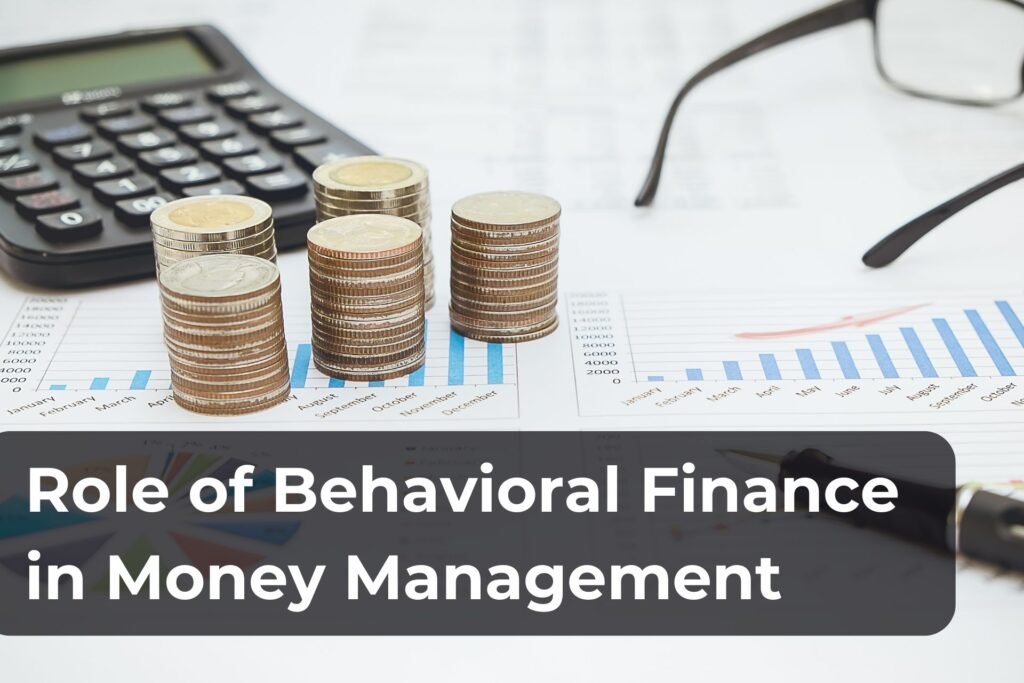The journey toward financial wellness is not just about numbers and strategies; it’s deeply intertwined with our behaviors, beliefs, and emotions. Behavioral finance, a field that merges psychological insights with economic theories, sheds light on why we make certain financial decisions and how we can manage our money more effectively. By understanding the principles of behavioral finance, individuals can uncover the psychological barriers to their financial success and adopt strategies that align with their long-term goals. This exploration into the role of behavioral finance in personal money management reveals how you can harness its principles to enhance your financial well-being.
Behavioral Biases and Financial Decisions
Behavioral finance identifies several biases that impact our financial decisions. Recognizing these biases is the first step toward mitigating their effects:
Loss Aversion:
The fear of losing money often outweighs the joy of gaining the same amount. This can lead to overly conservative investment strategies that hinder growth.
Overconfidence:
Overestimating our knowledge or control over financial outcomes can result in risky financial behaviors, such as trading stocks too frequently.
Herd Behavior:
The tendency to follow the financial decisions of the majority can drive irrational market trends and personal financial choices that may not align with individual goals.
Status Quo Bias:
A preference for keeping things the same can prevent individuals from making necessary adjustments to their financial plans or exploring new investment opportunities.
Applying Behavioral Finance to Personal Money Management
Understanding behavioral finance can profoundly impact how we approach personal money management. Here are strategies to leverage its insights:
Set Clear Financial Goals:
Start by defining specific, measurable, achievable, relevant, and time-bound (SMART) financial goals. This clarity helps navigate through the noise and focus on what truly matters to your financial well-being.
Automate Financial Decisions:
Automation can help overcome inertia and ensure consistent progress toward savings and investment goals. Setting up automatic transfers to savings accounts or investment funds can circumvent the temptation to spend impulsively.
Diversify Investments:
To combat loss aversion and overconfidence, diversify your investment portfolio. This strategy spreads risk across various assets, reducing the impact of any single investment’s poor performance.
Seek Professional Advice:
A financial advisor can provide an objective perspective, helping to counteract emotional biases and herd behavior. They can guide you in making informed decisions that align with your financial goals and risk tolerance.
Emotional Awareness in Financial Planning
Emotions play a significant role in financial decision-making. Acknowledging and understanding your emotional responses to financial situations can lead to more rational and productive behaviors.
Reflect on Financial Decisions:
Take time to reflect on past financial decisions and their outcomes. This reflection can provide insights into how emotions influenced those choices.
Practice Mindfulness:
Mindfulness techniques can help manage the emotional aspects of financial decision-making, allowing you to approach financial matters with a calm and clear mind.
Behavioral finance offers invaluable insights into the complex interplay between psychology and financial decision-making. By understanding and addressing our behavioral biases, we can make more informed, rational choices that propel us toward our financial goals. Embracing the principles of behavioral finance in personal money management doesn’t just lead to better financial outcomes; it fosters a deeper sense of financial empowerment and wellness, enabling individuals to navigate the financial landscape with confidence and resilience.
